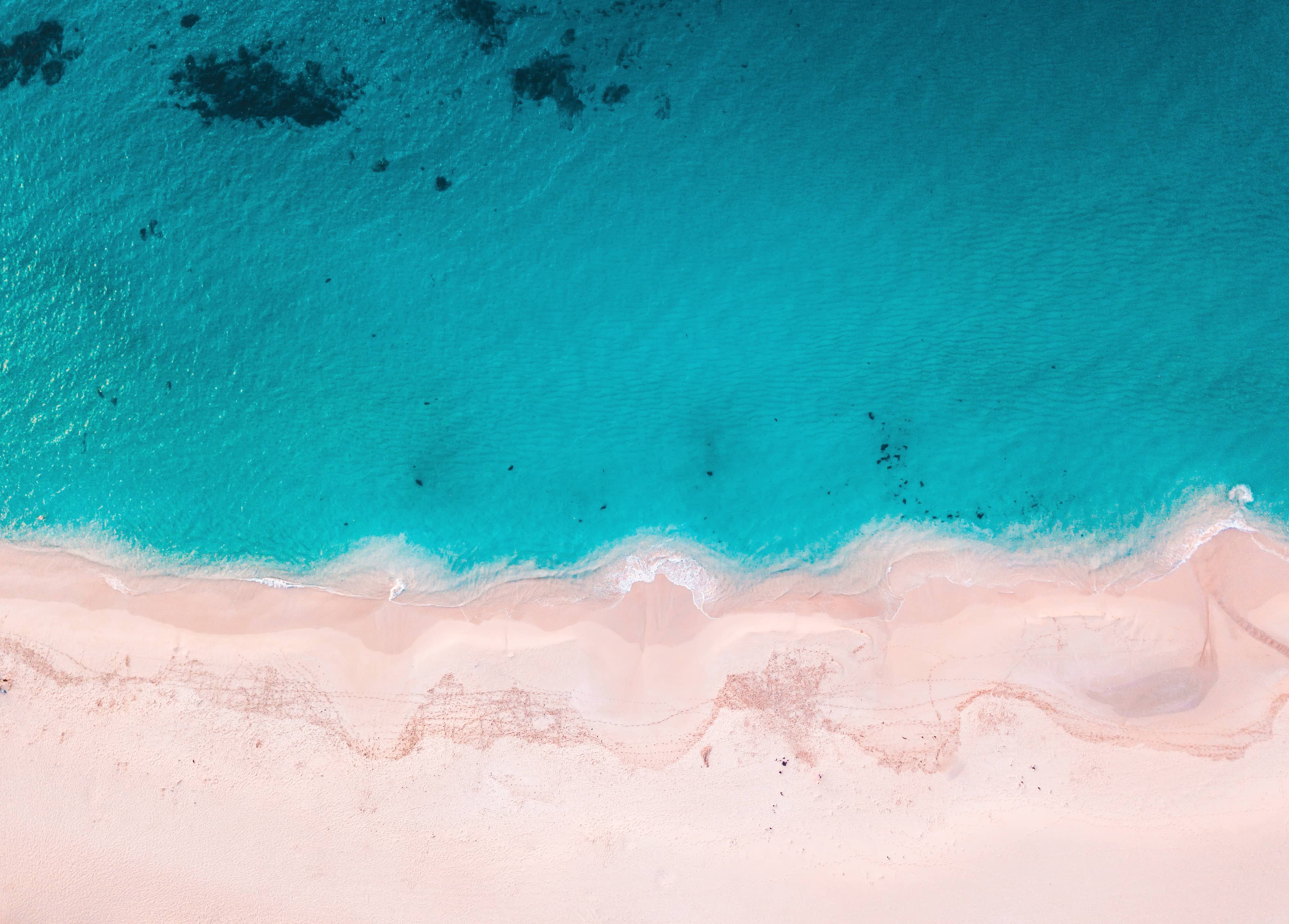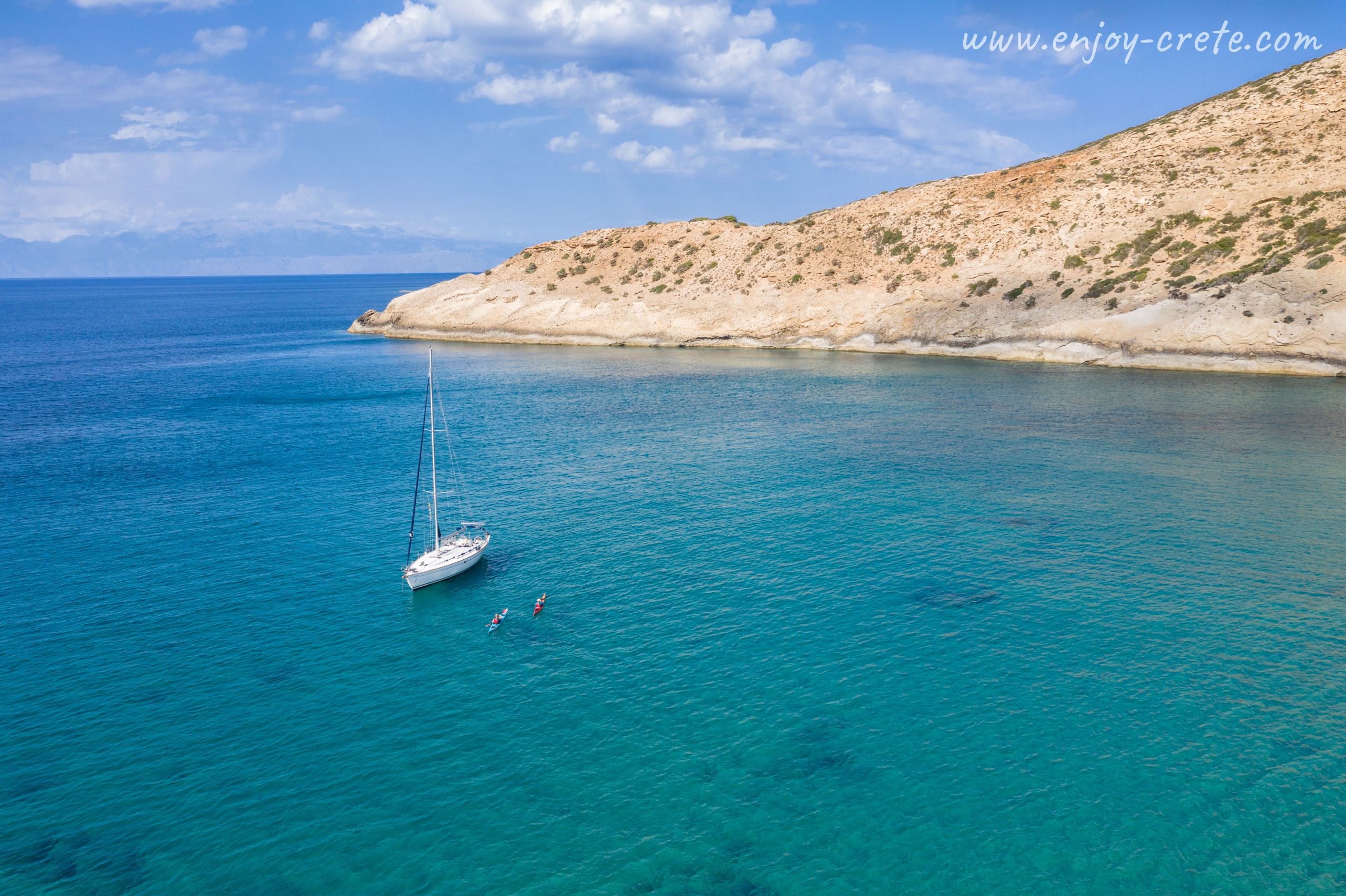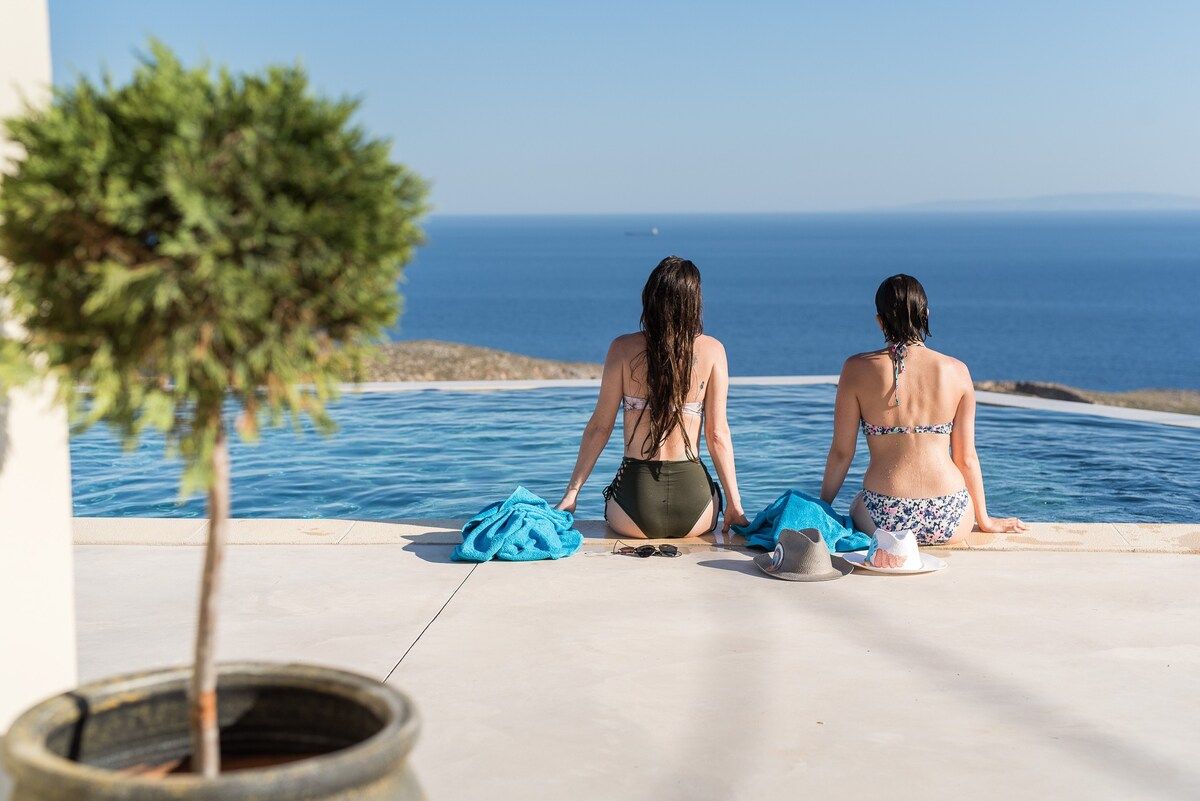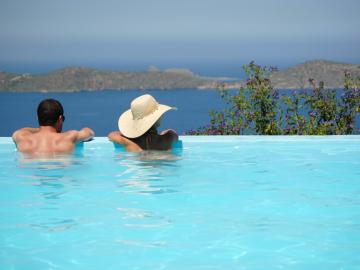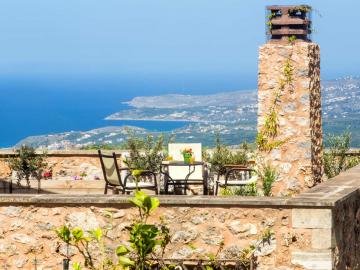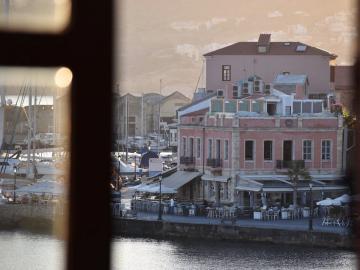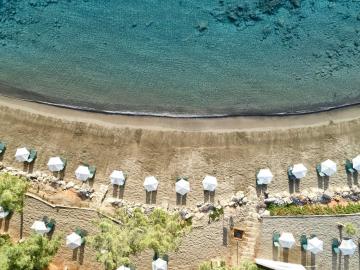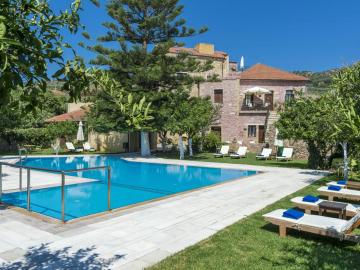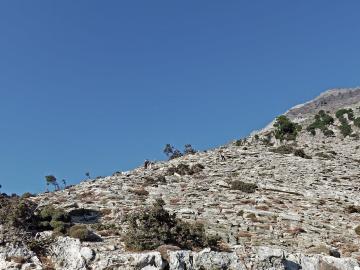
Search
your hotels
Brilliant places to stay
For people who love special
.jpg)
OFFER
Elounda Seafront Villa With Heated Pool
Elounda Seafront Villa, on the road to Plaka Village, is a two-level luxurious villa that can...
Start From € 650
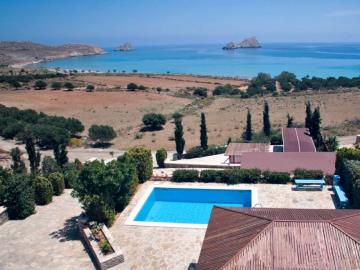
Krinakia Villas - Xerokambos
This lovely place... the definition of tranquility.
Krinakia Villas, a complex of four...
Start From € 120
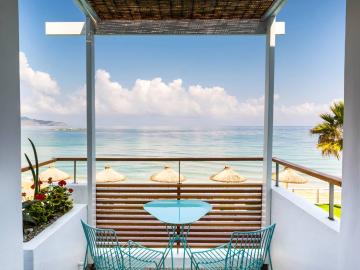
OFFER
Ammos Hotel
This is a feel-good hotel without any formality and most of the staff have been around for years...
Start From € 125
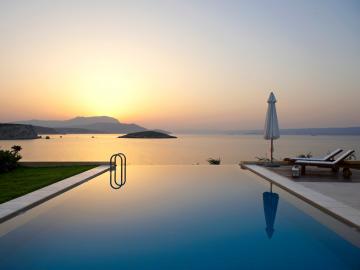
OFFER
SK Place Crete Luxury Seafront Villas
It doesn’t get any better than this ...
You have to see it to believe it, a truly...
Start From € 450
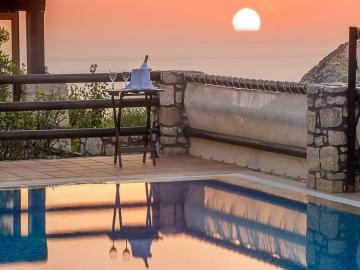
OFFER
Falasarna Villas
Falasarna Villas, two private, high quality, smart and comfortable, secluded stone villas with...
Start From € 190
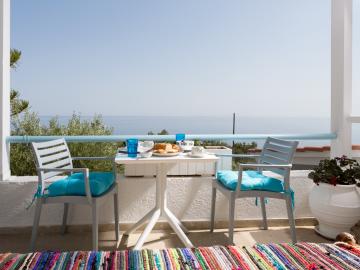
Ferma Hill Apartments
An unparalleled scenic location and crisp quality at a low price. Just unique.
Ferma...
Start From € 40
Our Most Popular Activities
For the most memorable experiences

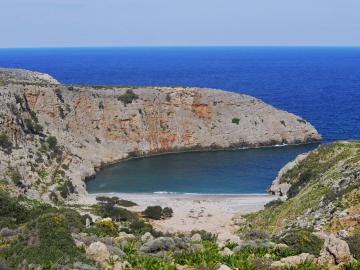
Chania Private Safari Tour to Rodopou Peninsula and Menies Beach
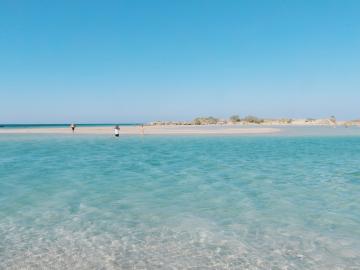
Elafonisi Beach in West Crete
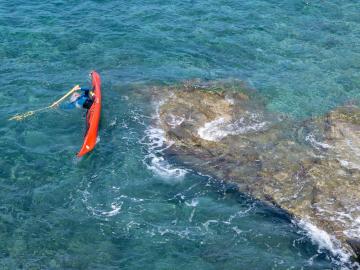
Sea Kayak Eskimo Roll Course In Crete
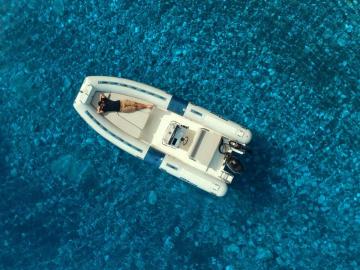
Rent A Boat In South Chania - Crete
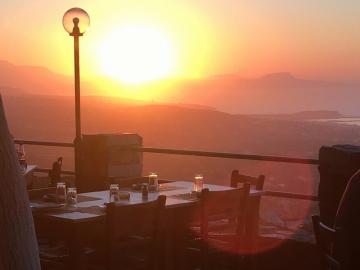
Rethymno Premium Sunset Jeep Safari Tour
Offers to not miss
Discover our most tempting deals & offers

